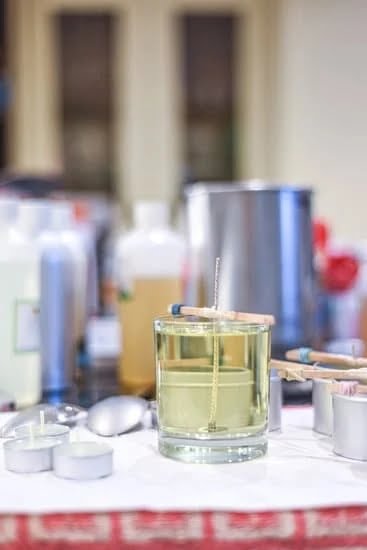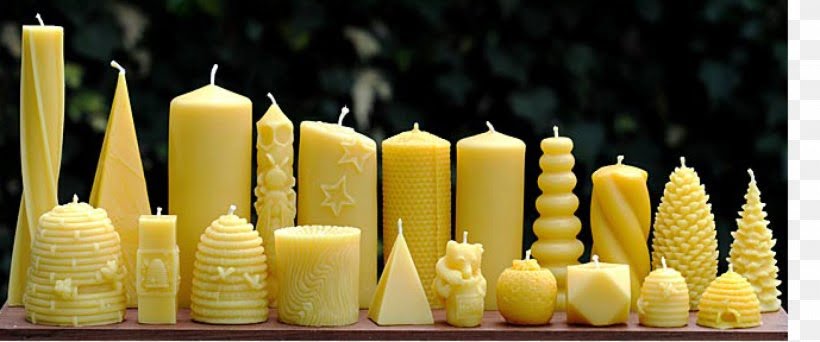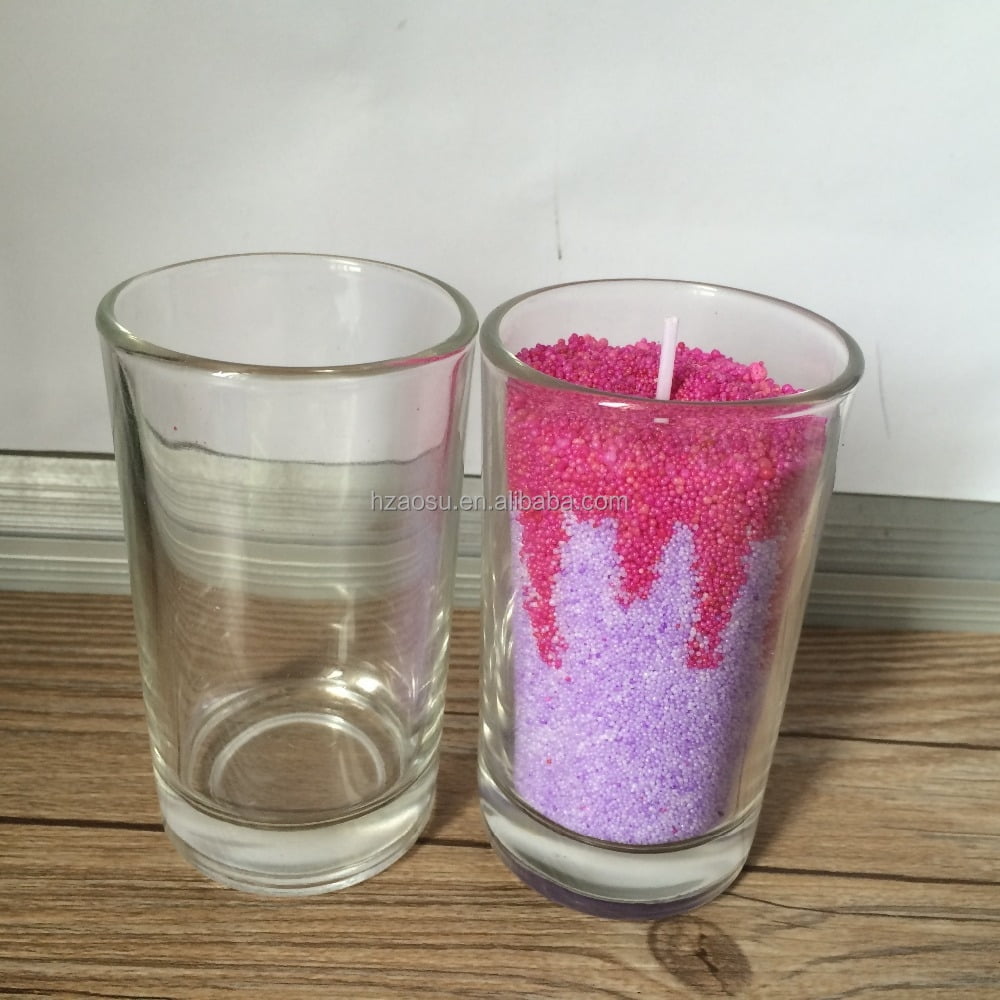Introduction
When it comes to labeling a finished product, whether it be a candle or any other type of handmade item, there is a certain level of professionalism that should be adhered to. A label can reflect the amount of care and effort that has gone into creating the item, as well as indicating the craftsmanship and unique processes used in its production. Ultimately, labels are essential for ensuring consumers know what they are buying and how they should use it.
When determining whether you should put your last name on a candle-making label, several factors should be taken into consideration. First and foremost, it’s important to think about the “branding” aspect of having your name attached to a product. Will potential customers recognize your name? Do you want them to associate their purchase with you? It’s important to consider these questions when making this decision. Additionally, by placing your name on the label, you add an extra layer of accountability if there are any issues with the product itself”it creates more trust between you and the customer knowing that an actual person was responsible for its creation. When deciding if you should put your last name on a candle-making label ultimately depends on what you feel most comfortable with; however for many craftspeople, including their last name provides another avenue for building brand recognition and conveying authenticity.
Types of Tags and Labels for Candle Making
Depending on what type of candle you are making, you may need to label it accordingly. For safety reasons and due to fire hazards, an accurate description of its contents is recommended. Whether you’re creating a scented candle or a soy wax candle, using proper labeling is an important aspect of candle making.
A few types of labels that should be used when labeling a candle include:
– Ingredients Label (if necessary): Many candles may require additional ingredients like dyes, fragrances, and more which should all be listed on the label for customer safety.
– Warning Labels: It is essential to inform customers about the potential risks/safety precautions associated with a product prior to purchase/consumption ” such as material properties and fire hazards. This type of label will help protect your customers from any unintended adverse reactions with your product or potential health risks in case it wasn’t used properly.
– Directions Label (optional): If your product requires particular instructions for use such as burning time or if its ingredients contain known allergies this information can also be listed right on the label ” allowing users to make informed decisions without having to contact you first.
– Contact Information Label: This provides buyers an area where they can reach out if they have any questions or comments about their purchase. Include your name, phone number(s), email address, website link ” basically whatever contact information works best for you to get back in touch with customers who have purchased from you directly or online retailers would list their own contact info here instead). Lastly – adding your last name to the label gives it classier look & makes it easier for customers to identify who made it!
Advantages of Incorporating Last Names on Labels
Incorporating one’s last name on candle making labels can be a great way to differentiate and personalize one’s products. Doing so serves to add a special touch to the product, helping it stand out from others in the market. Last names can help establish trust between sellers and consumers, as customers are more likely to feel comfortable buying a product that has been approved by an individual”the last name owner. Furthermore, by including their last name on the label, entrepreneurs can create a unique brand and distinguish themselves from competitors. This can create loyalty among long-term customers who will come back for future purchases when they recognize your name. Additionally, it makes it easier for potential customers who are searching for specific items of interest from particular makers. With all these advantages in mind, adding a last name on candle making labels certainly appears to be worthwhile!
What Info Should be Included on Candles?
Yes, the last name should be included on the candle making label. In addition, other information that should be included are:
– The name of the product
– Any relevant safety warnings
– The type of wax used (e.g., soy, beeswax, paraffin)
– Date of manufacture
– The weight or volume of product in container
– Scent Details (if applicable)
– Batch Information (e.g., batch number, lot number) if need to track source or quality control measures
– Expiration date (for products with specific shelf lives, such as massage candles)
– Publisher’s or Manufacturer’s Name and Address
Selecting the Right Fonts and Colors for Labels
When designing a label for a candle-making business, it is important to take font and color selection into consideration. Fonts should be easy to read, so opt for traditional fonts such as Times New Roman or Calibri and avoid overly ornate or decorative fonts. Color selection is also important – use colors that will make the text stand out on the label. For example, light pastel colors may look nice but won’t be easily distinguishable when placed on a container of candles. Additionally, consider using contrasting colors between the font and background – for instance, white text on a dark background can help present clear, readable labels. As far as including a last name in the design goes, it can provide an extra personal touch to the label, however it’s not always necessary depending on your overall design goals.
Examples of Personalized Candle Making Labels
A personalized candle making label should contain your last name and often has other information such as a message, artwork, a logo, or details of the scents used in the product. If you would like to add a personal touch to your candle making label, consider including any of the following:
• Your family name: Consider adding your last name or even your full given name for added impact. This can be done either inline or in larger font sizes for easier reading.
• A message: Add a special message to express gratitude, celebrate an event or milestone, or simply welcome friends and family into your home. Choose from traditional phrases or write something unique that conveys the sentiment behind your homemade candles.
• Graphic elements: Add artwork or photos to create a fun and eye-catching design with visuals that tie into the scent of the candle. A picture of fruit for a citrus-scented candle for example could make for an attractive label design.
• Logo: Use a custom logo to create an instantly recognizable way to display the brand of your handmade product. You can draw one yourself using paper and ink, use a design program online or enlist a professional graphic designer who may have templates ready to go that you can customize with colors and fonts of choice.
• Detail description: Write out detailed ingredients you have used in creating your candles along with any speciality fragrances that are featured in each scent variety.
Conclusion
Most candle making labels should include the last name of the person who created the candle. This helps to indicate that the candles were made by a specific individual, rather than by a company or organization. Including the last name also provides customers with information about who produced their candle and allows them to contact the maker if necessary. Additionally, when creating private-label candles for a store or business, it is important to clarify where the product came from so that customers are not confused about its origins. As such, including the last name of the maker on the label can be beneficial in gaining customer trust in the product. Ultimately, it is up to you as the producer to decide whether you want to add your last name on your candle making labels; however, including this information can be beneficial for both yourself and potential customers.

Welcome to my candle making blog! In this blog, I will be sharing my tips and tricks for making candles. I will also be sharing some of my favorite recipes.



